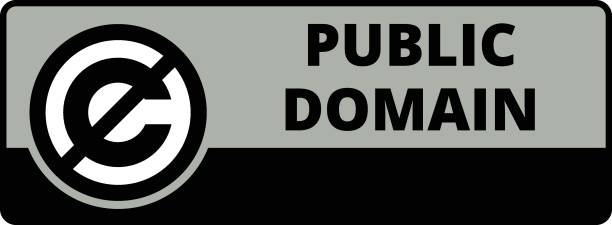
Public Domain works are not protected by copyright law and, therefore, they are freely available for everyone to use. There are several ways in which a work passes into the public domain:
- Work is Not the Type Protected by Copyright Law. A work must be original, be "fixed in a tangible medium of expression," and have some degree of creativity in order for it to be protected by copyright. Examples of works that do not meet these criteria:
- Ideas, common facts, hypotheses, theories
- Names, short phrases
- Discoveries, processes, systems
- Term of Copyright Protect Has Expired (or was not renewed).
- Due to changes in copyright law and treaties, determining the duration of copyright on a work can be very tricky. In more complicated cases, it may be necessary to consult an attorney or copyright expert.
- A public domain chart, produced by Cornell University, is very useful for determining the term of copyright protection for a work.
- Generally, works published in the United States prior to January 1st, 1924 are in the public domain.
- Copyright Owner Dedicated the Work to the Public Domain. There are many modern day artists and authors who license their works through Creative Commons or otherwise dedicate their work to unrestricted use by the public. Web sites where these types of works can be found are listed at the right.
- Work was created by the U.S. Government.
What this means for your academic projects is that you can use as much of the work as you would like to support your instruction, research, publication, creative work, etc. without needing permission from the original copyright owner.
